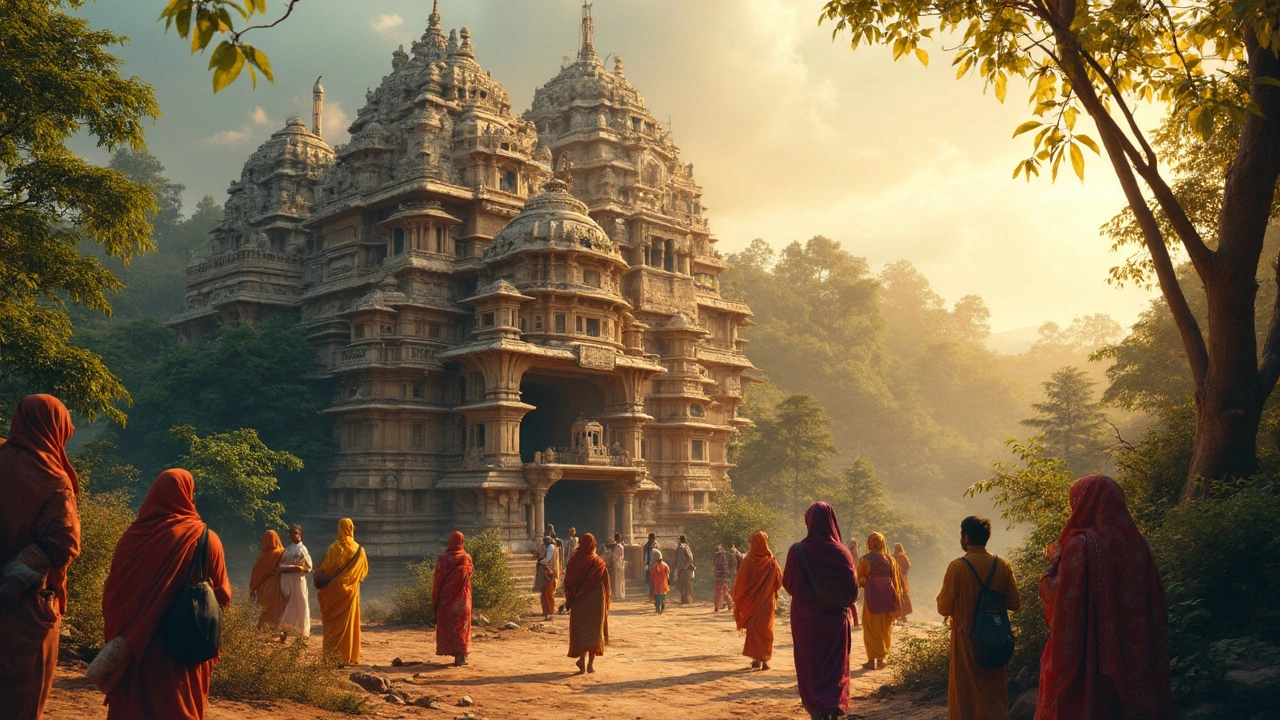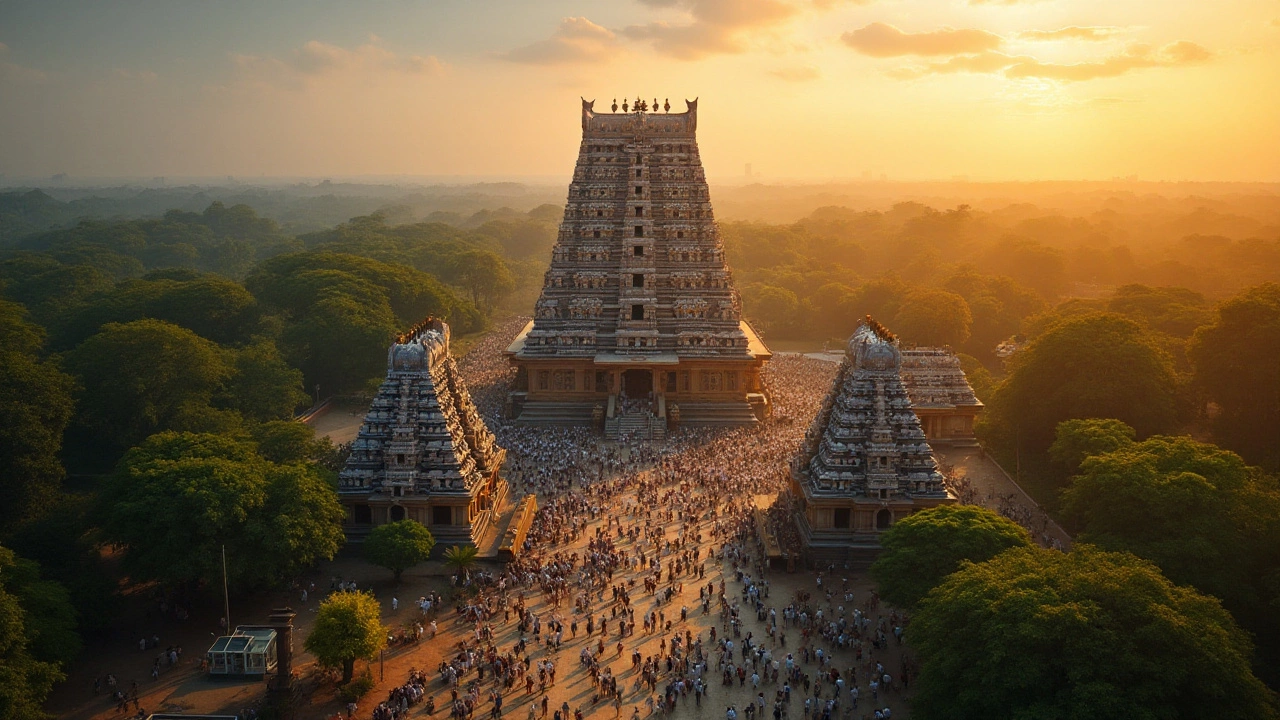Famous Temples in India: Must-Visit Sacred Sites and What to Know Before You Go
When you think of famous temples in India, ancient spiritual landmarks that blend architecture, faith, and culture. Also known as Hindu temples, these sites are more than just places of worship—they're living centers of tradition, art, and community life. From the golden spires of Varanasi to the cliffside shrines of Tamil Nadu, India’s temples aren’t just built—they’re breathed into existence by centuries of devotion.
Many of these temples are also UNESCO heritage temples, recognized globally for their historical and architectural significance. The Meenakshi Temple in Madurai, the Brihadeeswarar Temple in Thanjavur, and the Jagannath Temple in Puri aren’t just famous—they’re listed as cultural treasures. These aren’t museums behind ropes. They’re active places where daily rituals, music, and crowds of pilgrims keep ancient practices alive. If you’ve ever wondered why millions walk barefoot through temple courtyards at dawn, it’s not just tradition—it’s connection.
But visiting these sites isn’t just about seeing them. It’s about understanding them. temple etiquette, the unspoken rules that guide respectful behavior inside sacred spaces matters more than you might think. Dressing modestly, removing shoes, avoiding leather, and knowing when to bow or offer prayers aren’t just customs—they’re signs of respect. Skip the selfie in front of the main shrine if the priest is performing a ritual. Don’t point your feet at the deity. These aren’t arbitrary rules; they’re rooted in belief systems older than most modern nations.
Some of the most powerful temple experiences happen outside the main sanctum. Listen to the chants echoing off stone walls. Watch how the scent of incense mixes with the morning air. Notice how people leave offerings of flowers, coins, or coconuts—not as superstition, but as quiet conversation with the divine. The famous temples in India don’t ask you to believe. They invite you to observe, to pause, to feel the weight of time.
You’ll find temples tucked into Himalayan valleys, rising above desert sands, and standing beside rivers that have flowed for thousands of years. Some are massive complexes with dozens of halls and statues. Others are small, hidden shrines where a single priest tends to a single idol. Each one tells a different story. And if you’re planning to visit, the posts below will show you exactly what to expect: how to dress, what to avoid, which temples are best for first-timers, and which ones carry secrets most tourists never see.

